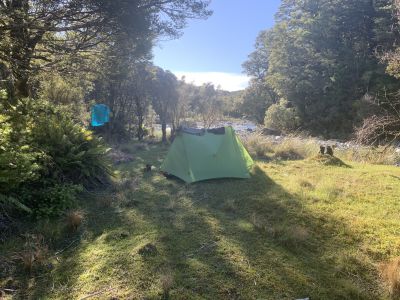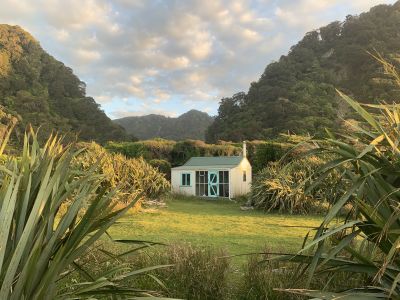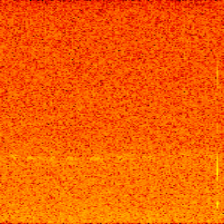2025-01-14
I left the end of the Hollyford Road (after a hitch or 2) for Gorge River on the 23rd of December to:
- retrieve 9 moths set in February. They recorded from 1 March 2024, 1 minute in 30, 24/7.
- Thanks to Stanley Mulvany and Paula MacFarlane who helped set them 10 months ago.
The Plan was:
- Raft to McKerrow Island Hut
- Raft to the Hokuri River and walk the Jamestown Saddle to Big Bay Hut, and leave a food cache.
- Walk to the Hacket River
- Walk to Gorge River and leave a small food cache.
- Walk up the Gorge River camping as high as possible, collecting moths on the way.
- Walk up to the saddle and down Saddle Creek to the Cascade River collecting moths on the way.
- Raft down the Cascade River and walk to Barn Bay collecting 1 moth on the way.
- Walk to Gorge River collecting 3 moths on the way.
- Walk to Big Bay.
- Walk to Pyke Crossing and raft to Alabaster Hut
- Walk to Hollyford Road
- Get it done before work on the 6th of January
And thats the way it was, mostly.
I enjoyed the lake and skipped the Jamestown Saddle, but regretted the hot walk from Martins Bay. Nesting seabirds really deserve not being bothered, on the sand at Martins Bay, fabulous they are so plentiful and busy.
It rained all Christmas eve, but stopped (temporarily!) early on the 25th so I had no excuse and was forced to leave Big Bay.
The boulders were hard with my big load, but I got there. My, there are a some sandflys at the Hacket. And a lot of stoats on the 'beach'. I did see 6 fernbirds and a lot of Kaki. 1080 is coming soon apparently.
I made good progress up the Gorge and kept to my schedule, but I expected at least a dry morning to get down the Cascade. Alas the rain started at 2:30 am and stopped at 10 pm, fortunately the Cascade dropped quickly and the raft out was fine.

I got off the Cascade just a little early, which cost a lot of time, forcing a camp at Robinson Creek, where I was woken in the morning by booming Bittern from the Barn River below. A 5 boomer, 4 boomer and a lot of 3 boomer calls.
Walking to (and from) Gorge River is much easier at low tide because some nice beaches and easy rocks open up.
I took new years day off at Gorge River to read a book and would like to thank Catherine and Robert for delicious greens from their garden, including my favourite Nasturtium flowers. I have never appreciated fresh food more. And christmas cake too. Thanks, you made my year on the first.

I met Warwick on the way to his glamping tent near Big Bay and he had a very interesting lead for me. Kiwi in the Skippers Range! Yet to be explored but I plan on some moths in the Jamestown Saddle area and near lake Wilmot in the future.
My legs were tired for the walk to Pyke crossing, where we were met by a fierce headwind and quite bumpy low flow.
I will be forever grateful to Sammy Stoat for the jet boat ride from just above Wilmot to the airstrip. Without his help I would have had to camp and try again early. I would have failed to get out on the 4th, the next day (my birthday) for a salad. Anything for lettuce and tomato.
I left Bruce's at 4:50 am, in the dark, paddling an improbably calm Lake Alabaster at sunrise and made it to the road at lunch.
What does the data say? I retrieved all 9 moths and have processed all the data for kiwi.
The moth at Barn Bay stopped recording in April after being interfered with. The moth at the top of the saddle above Saddle Creek recorded nothing, this is my fault, I must have been a little tired when I set it.
I detected only 1 distant kiwi call, this was from a moth placed just below the Duncan River junction.

A moth recording 1 min in 30, placed near an active Haast Tokoeka pair, should record approximately 100 calls in 10 months.
I have promised Robert and Catherine to ask for a Heli ride to Junction Hill, so the 9 moths could be placed near active kiwi pairs. The upper Gorge River has taken a piece of my heart, and the Junction Hill kiwi are the most important birds in NZ as far as I am concerned. We need to understand what we can do to improve their lives, though I am told there is a 1080 drop planned, that is also an opportunity to use bioacoustics to see if there is a response.
Next trip is to retrieve moths from nettle and scrub in Moraine Creek.
I am due to service moths on Pomona in February. I have dropped the sample rate to 8kHz for kiwi devices, thefore the batteries should last up to 4 month on Pomona.